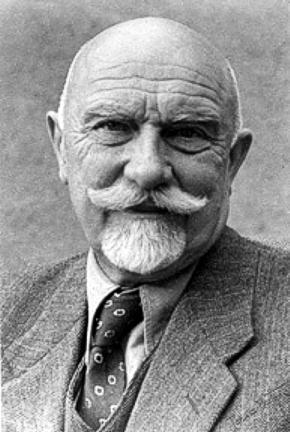AN INTIMATE
PORTRAIT
OF THE CITY
I like going away from Warsaw. For a short while. To look at everything I leave behind – people, their stories, some aspects of my own life – from a more distant perspective. I also like going back to the city. To change the point of view again and for my eyes to get disaccustomed to seeing this place.
However, I wonder what Warsaw I will find upon arrival: a contemporary city – bold, sometimes too noisy metropolis – or a place which is not happening anymore, place which became passé. The problem with answering such a question is that the manner of perceiving the city I live in is by no means homogeneous – it alters depending on the memories, inextricably linked to the space itself. Therefore, each of us can perceive the same place differently. One face of the city simply does not exist. Different variants capture the eye of an attentive observer who is often assisted by camera lens. Nowadays lovers of urban photography can visit many websites presenting photos of the architecture located in the city and presented from a variety of perspectives, from close-up perspectives. The intimate portrait of the city ceased to be a surprising manner of presenting the space. It should be emphasized, however, that at the initial stage of artistic photography in Poland the use of similar means was considered as an original and innovative activity.
Jan Bułhak, “father of Polish photography“, should certainly be considered as the first artistic photographer in Poland. He was granted this title not without a reason. In 1905, when he was not even thirty, he began his experiments with capturing the reality on photographs. This is when the photography became his passion and way of life. He was studying in Dresden to make his work more desirable. He then continue on improving his knowledge on photography, elevating it to the rank of art. Jan Bułhak’s creative legacy reached a size that would have been even greater if it had not been for the fire which destroyed tens of thousands of glass negatives during the second world war.
The collection of the pre-war photos which survived that tragedy includes the photographs of Vilnius. Unusual photographs as they were taken from the perspective of a wanderer. The photographer’s eye captured the quiet streets of the city where the shimmering light provided the effect of the blur of contours, re-rendering and poetizing the Vilnius architecture.
Bułhak’s portrait of the city was an attempt at rendering the atmosphere of that place and, to a lesser extent, revealed some features of the reportage, although photographs with similar features can be found in the artist’s other works as well.
During the post-war period, Bułhak set himself a photographic objective of capturing the destruction left by the occupants on Polish lands. Warsaw, or rather its ruin was one of the cities portrayed by the artist. The image of the ghetto ruins was titled “Sodom and Gomorrah” and it remains remarkable as regards its specific context. What is more, in the case of these images, the artist did not aimed at capturing the real, objective appearance of the city. The title and style of the subject indicates the need of creating specific emotions in the recipient by conveying personal feelings of the photographer.
Bułhak’s specific attitude towards the cities he visited is visible. It is not difficult to get the impression that we are dealing with places tamed by a photographer, filtered not only by the lens of the camera he used but by the artist’s sensitivity as well. Consequently, noticing beauty in Bułhak’s photographs is an easy task. While analyzing the work of the artist, one can also realize how interesting, sometimes astonishing, can a familiar place turn out to be when we look at it with other people’s eyes. A photograph captures a specific way of perceiving the city. Obtaining its full image can turn out to be impossible. Nevertheless, it is worth supplementing its fragmentary image captured in the photographer’s work with one’s own experience.

photographs by Jan Bułhak
Photo: Jan Bułhak
Text: Paula Mroczkowska




